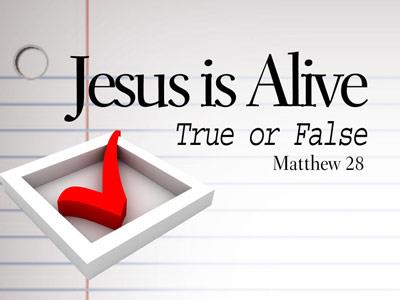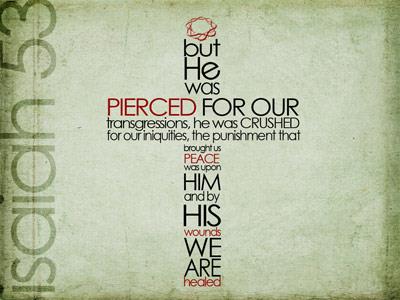-
Jesus Is The Son Of God,
Contributed by Ronald Harbaugh on Mar 8, 2008 (message contributor)
Summary: A sermon for the 5th Sunday in Lent, Series A
5th Sunday in Lent, March 9, 2008 “Series A”
Grace be unto you and peace, from God our Father and from our Lord, Jesus Christ. Amen.
Let us pray: Dear Heavenly Father, during this season of Lent, as we follow Jesus, your Son, toward the cross and his death, deepen our appreciation for his sacrifice, in order that we might be freed from death’s grasp on our lives. Through the power of your Holy Spirit, give us confidence in your power to bring life out of death. Help us to recognize our failure to live as your redeemed people, empower us to embrace the new life you give us. This we ask in Christ’s holy name. Amen.
On this last Sunday in Lent before we enter Holy Week, our lessons force us to struggle with our finite nature of life here on earth. The subject of death is present in all three lessons a topic that many of us still find difficult to embrace. And yet, as we prepare to enter Holy Week, these lessons enable us to focus on life, through the grace of God.
In our first lesson, Ezekiel is given a very disturbing vision of a valley that is covered with dismembered bones, perhaps the bones of soldiers who had died in battle. This vision would have been upsetting enough, had the valley been strewn with dead bodies, for in that part of the world, according to one of the commentaries that I read, “the bodies of the deceased were thought to be cursed, if they did not receive a proper burial. Their dead bodies would otherwise become prey to scavenging beasts.”
But the dead in Ezekiel’s vision are described as a mass of dry bones, very dry bones, whose flesh and muscle had already disappeared. Then God asks Ezekiel a question that most of us mortal beings, would have laughed at. “Can these bones live?” God asks. But Ezekiel doesn’t laugh. Realizing that it is God, the Creator of the universe who has asked the question, he acknowledges his omnipotence by timidly saying, “O Lord God, you know.”
So God instructs Ezekiel to speak to the dry bones, telling them that God would cause their bones to come together, rejoined by tendons, and that new muscle would grow upon them, that they would be covered in new skin, and that God would cause the breath of life to enter them. And so Ezekiel did as he was told, and the valley filled with the noise of rattling bones, as God acted to bring these persons back to life.
Now I don’t know about you, but if I were in Ezekiel’s place, I would have more than stood in awe of that scene. I would have been shaking in my shoes, and covered in goose bumps. And even if Ezekiel’s vision was a dream, I think I would have wakened in a cold sweat. Dead dry bones don’t jump up and come back to life. Nevertheless, there are two points to be drawn from this story.
The first is explicitly stated in the closing verses of our text, where Ezekiel is told that the bones were symbolic of the whole house of Israel. At the time that this text was written, Israel was dispersed because of the Babylonian exile, and that Ezekiel was to proclaim that God was about to restore Israel to the Promised Land. God was about to restore the dead and broken faith of Israel to new life and hope.
But implicit in this text is that God is the author of life, who alone has the power, even to take dry bones and restore them to life. In his reply to God’s question, “O Lord God, you know,” and the vision of seeing the dry bones come to life, indicates God’s ability to restore life to the dust of dead bones, just as God first created life from the dust of the ground. This story in Ezekiel is one of the earliest visions giving rise to the hope of resurrection.
Now, let’s turn to our text from John’s Gospel, and Jesus raising Lazarus from the dead. We know the story well, and because of its length, I’m not going to comment on all of the details, which could inspire many sermons. But there are some similarities to our lesson from Ezekiel that we can emphasize, as we head into Holy Week.
As I have pointed out before, the miracles that Jesus performed in John’s Gospel were considered by the author to be signs that pointed to the identity of Jesus as the Christ, the Son of God. And so, right from the beginning of this chapter, John records Jesus as saying, “This illness does not lead to death; rather it is for God’s glory, so that the Son of God may be glorified through it.”

 Sermon Central
Sermon Central



